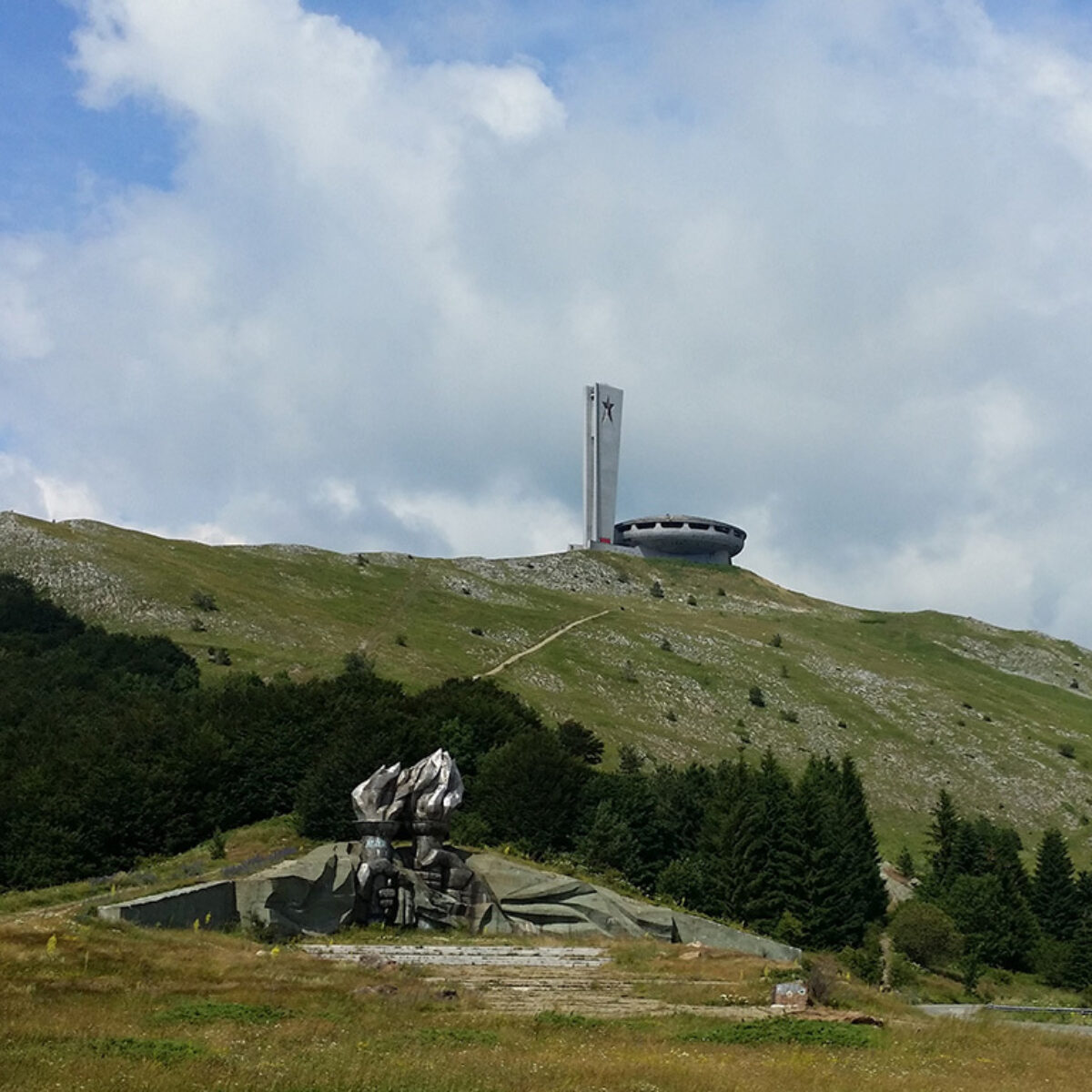Dissonant heritages
- Partners: Bundesinstitut für Bau-, Stadt- und Raumforschung (BBSR)
- Topics: Education, New Work, and Digitization
- Key Actors: Researcher and Designer*innen
- Outputs: Toolbox
- Timespan: April 2023 – February 2025
We’re shedding light on Europe’s architectural heritage – with a spotlight on the inconvenient remnants of past atrociousness. To support local actors in their conservation efforts, we’re creating a practical guide.
Europe`s dissonant heritage

Heritage sites sometimes do not resonate with a comfortable past. Burdened by history, some sites are downright “dissonant” – not only testifying to a complex past but also influencing our present circumstances and future direction. They serve as a key to understanding our shared history; they create space for local communities to develop an identity; and they enable us to come to terms with collective traumas. They offer us an opportunity to remember, to admonish, to gain more than just an inkling of experience we might not otherwise get. Even if they are controversial or unpopular, in their dissonance they promote pluralism, enrich the diversity of narratives and are places of representation that contribute to the formation of a democratic culture.
A participatory approach

Our participatory approach emphasizes the importance of divergent perspectives. Through qualitative interviews and expert discussions, we integrate numerous voices into the process.
It’s not just about providing factually correct information, but also about presenting it in an emotionally and visually appealing way. We look beyond theory and directly incorporate the practical challenges and strengths of heritage sites.
A toolbox

The toolbox developed as part of this project is intended not simply to provide information but above all to inspire, encourage and show new ways forward. It offers its users – the committed caretakers of places burdened by history – practical strategies and suggestions to better meet the various challenges. Our aim is to provide tangible tools that offer real support to local actors and strengthens them in their important work of preserving and appreciating our cultural heritage.
And now?
Feel free to contact us for any inquiries.
Your contact:
Contact us
Florian Sametinger (he/him)
florian@kite.designFlorian is responsible for design research, sustainable design, transformation, and digitalization. Furthermore he leads the topic of PR for KITE. He is a trained designer & design researcher with a focus on sustainable transformation. Since October 2023, he is also a professor for design research and theory at the University of Arts in Linz.